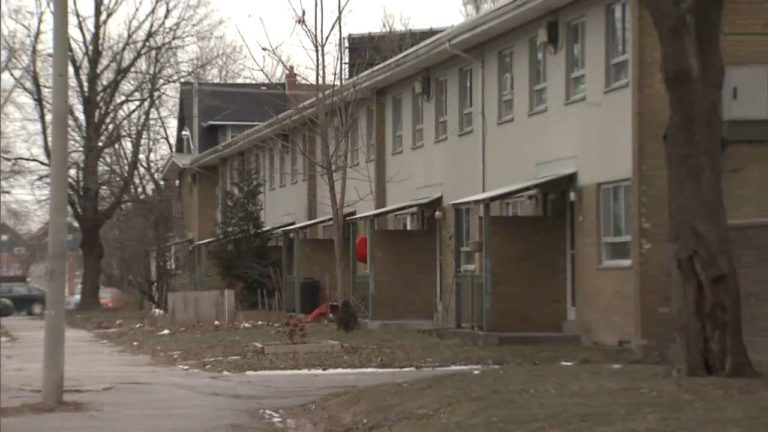4.4.5 Urban Indigenous Households

The number of Indigenous families living in urban centres is growing.
In 2016, 867,415 Indigenous people lived in a metropolitan area of at least 30,000 people, accounting for over half (52%) of the total Indigenous population. Between 2006 to 2016, the number of Indigenous people living in an urban centre of this size increased by 60%. Of the three Indigenous groups, Métis are the most likely to live in a city, with 63% living in a metropolitan area of at least 30,000 people.1
The rates of overcrowding and poor quality housing are higher among Indigenous households in urban centers than among non-Indigenous households. Eleven percent of urban Indigenous households are overcrowded compared with 4% of non-Indigenous households, while Indigenous households are two times more likely to live in homes in need of major repair.2 Indigenous people are also less likely to own their homes than are non-Indigenous people.3
1Statistics Canada. (2017). Aboriginal peoples in Canada: Key results from the 2016 Census. The Daily. October 25, 2017.
2Statistics Canada. (2015). Aboriginal statistics at a glance: 2nd Edition. Ottawa, ON: Statistics Canada, Catalogue no. 89-645- x2015001.
3Canada Mortgage and Housing Corporation. [CMHC]. (2016). 2011 Census/National Household Survey housing conditions series: Issue 10 – The housing conditions of off-reserve status Indian households.
